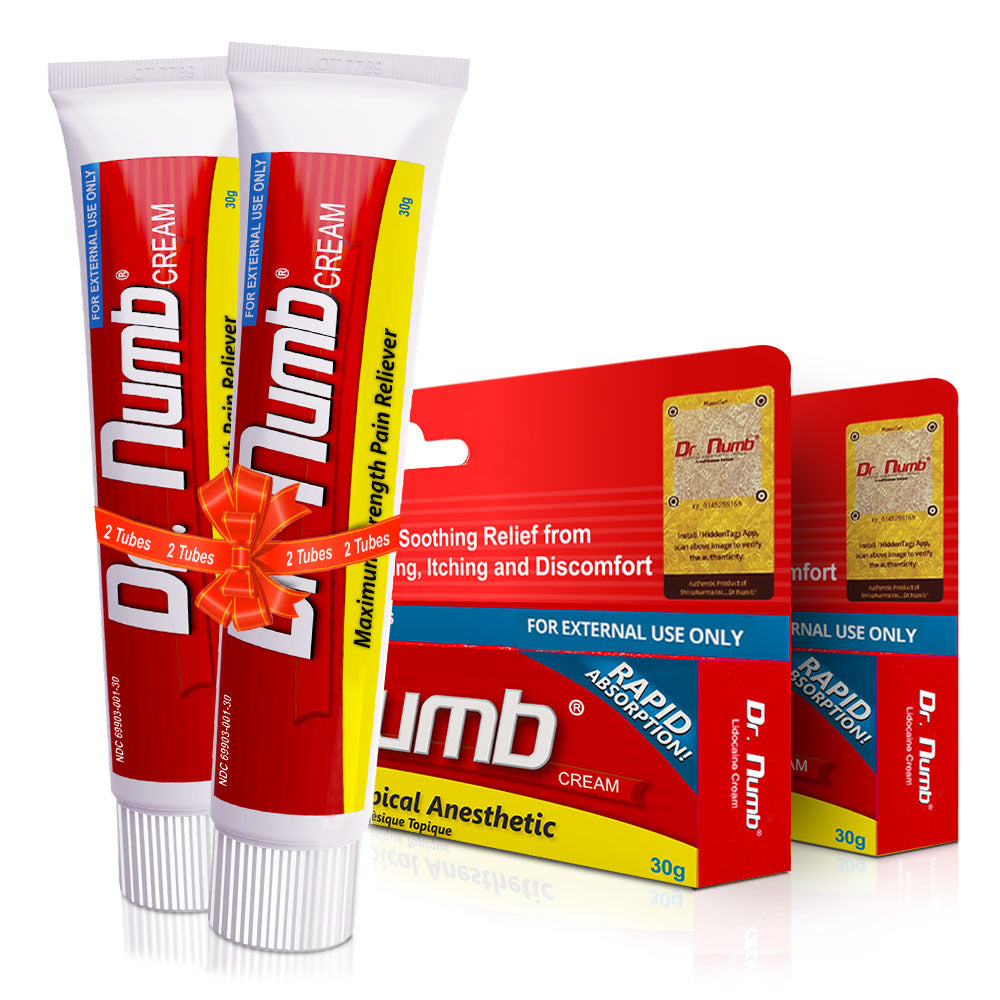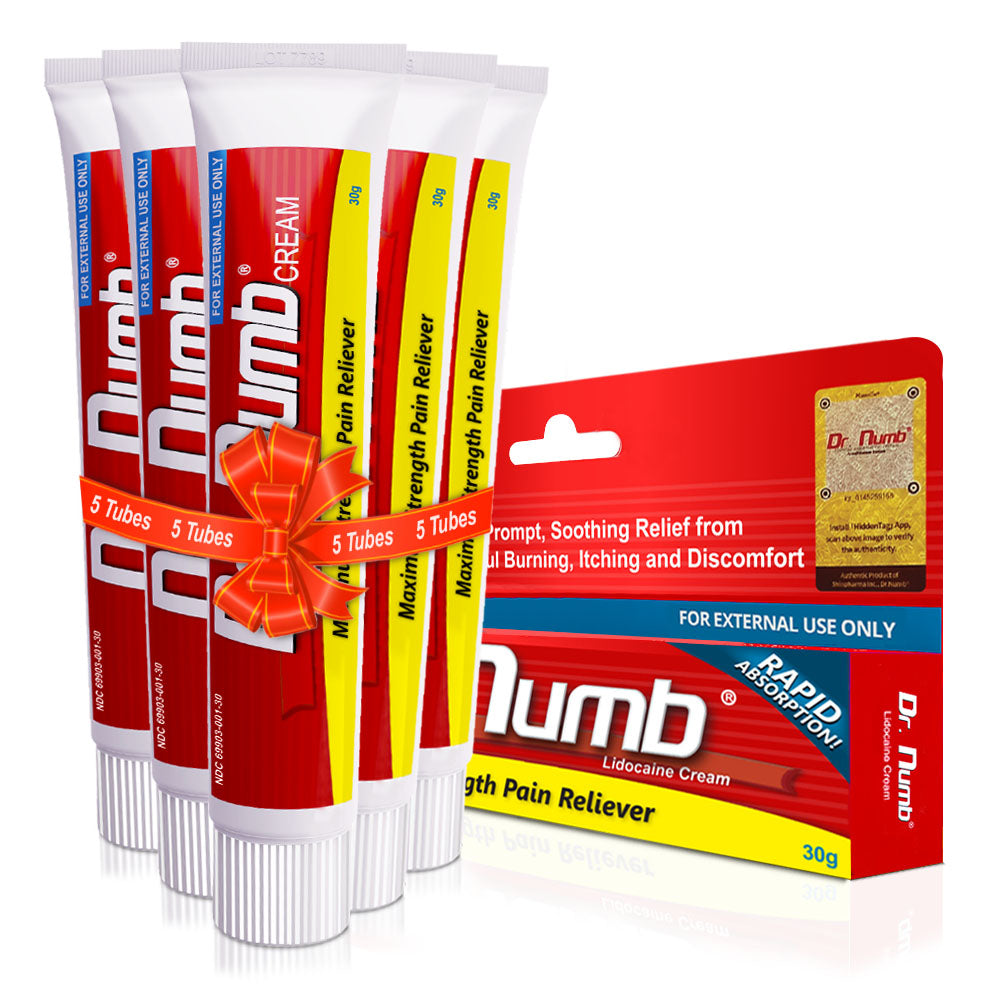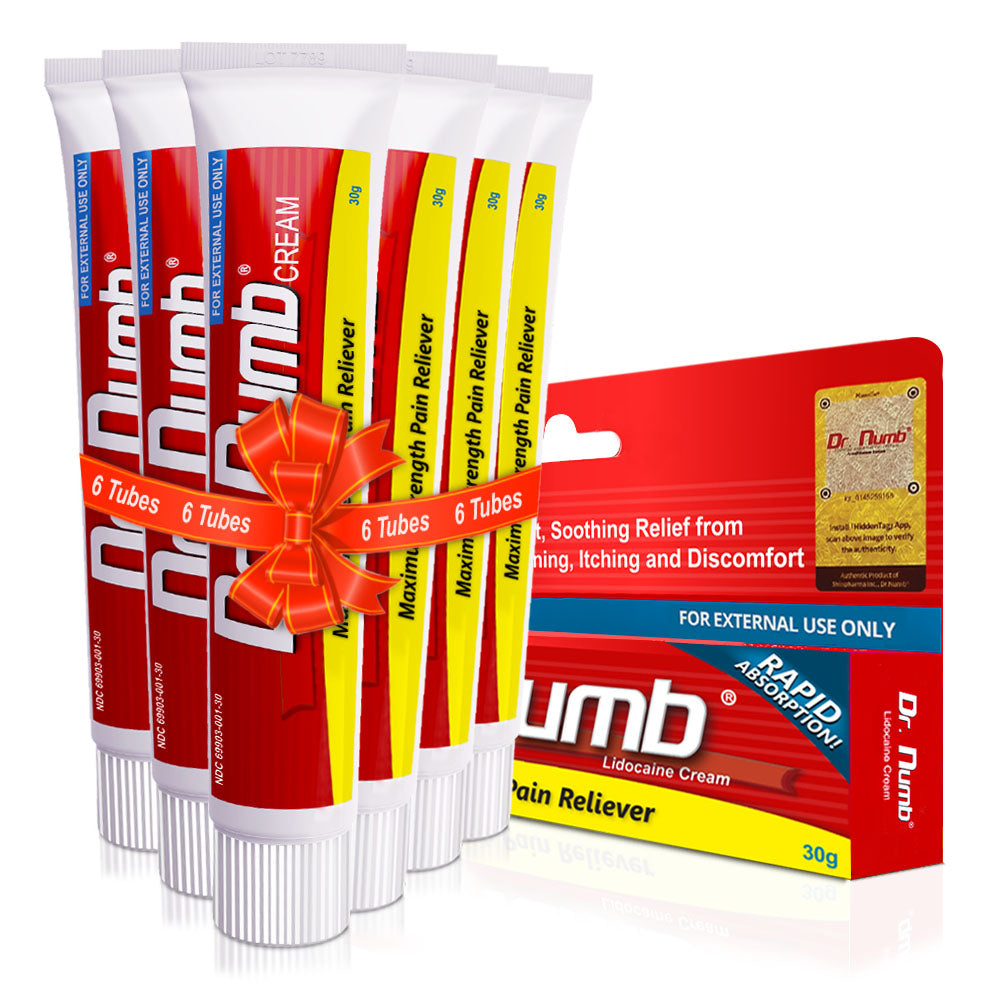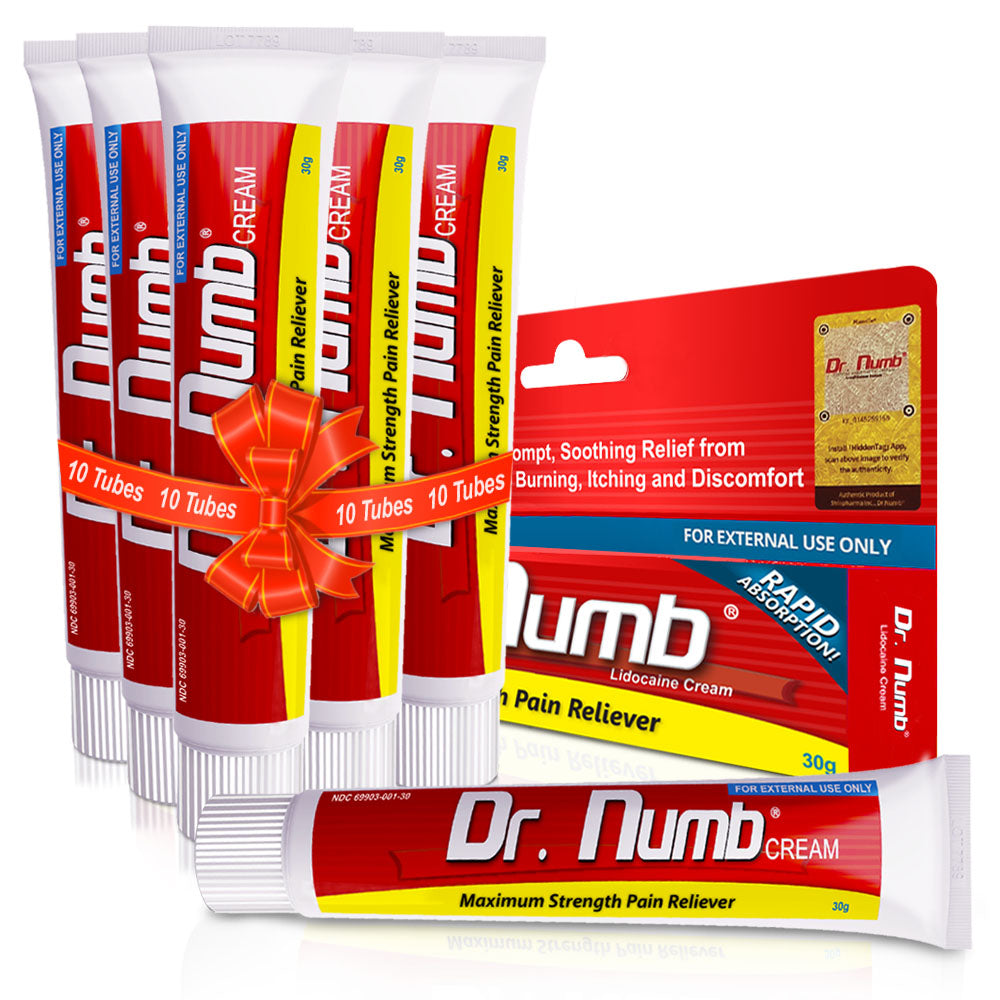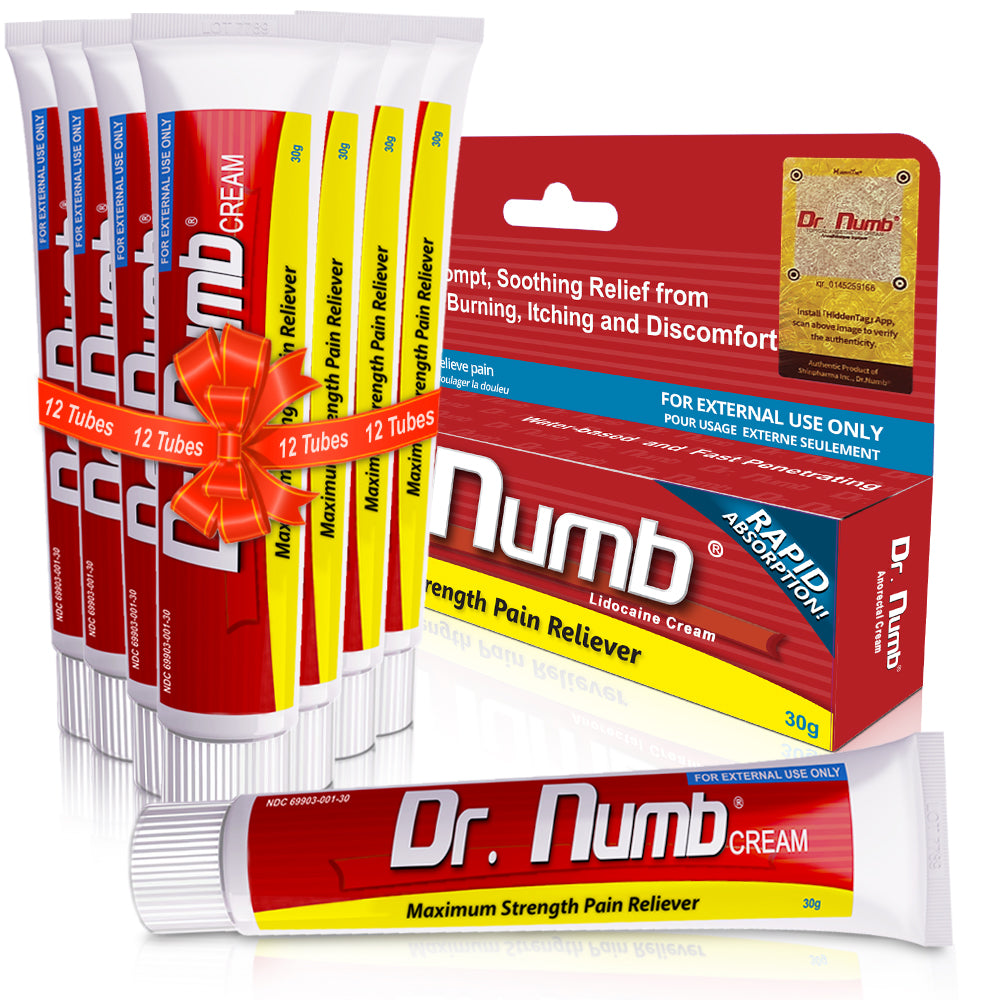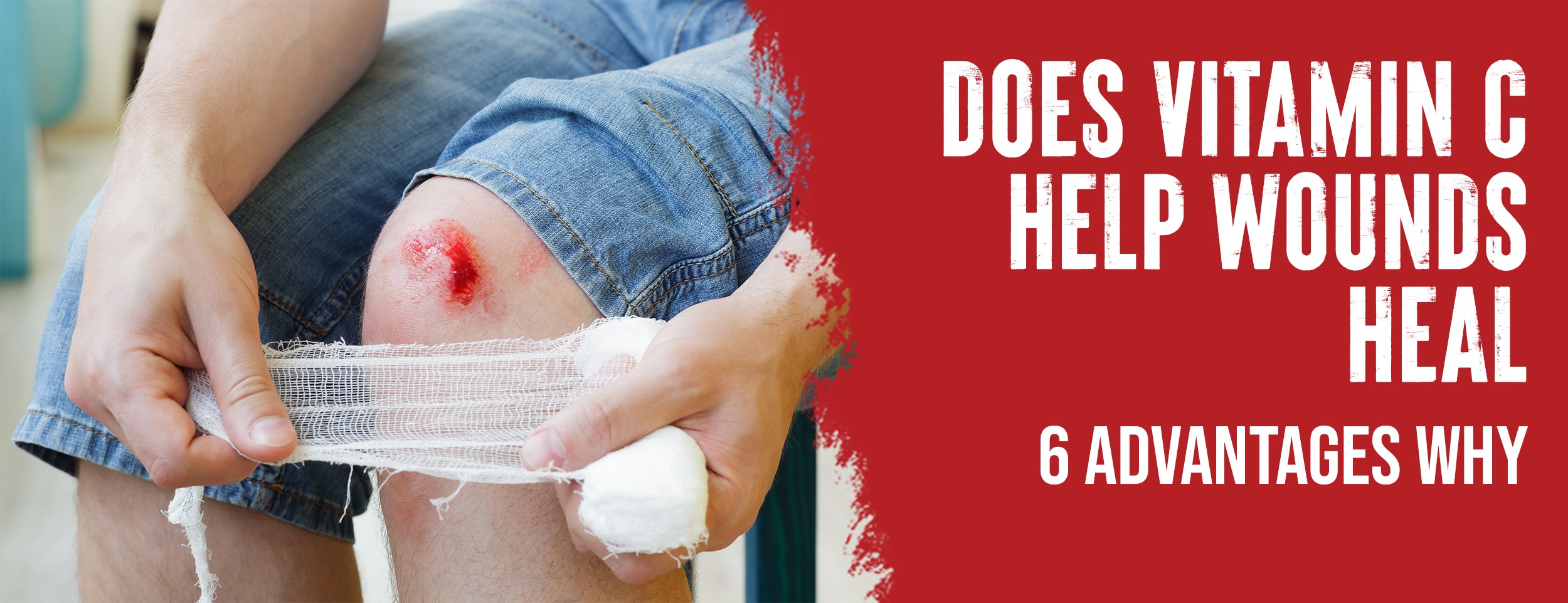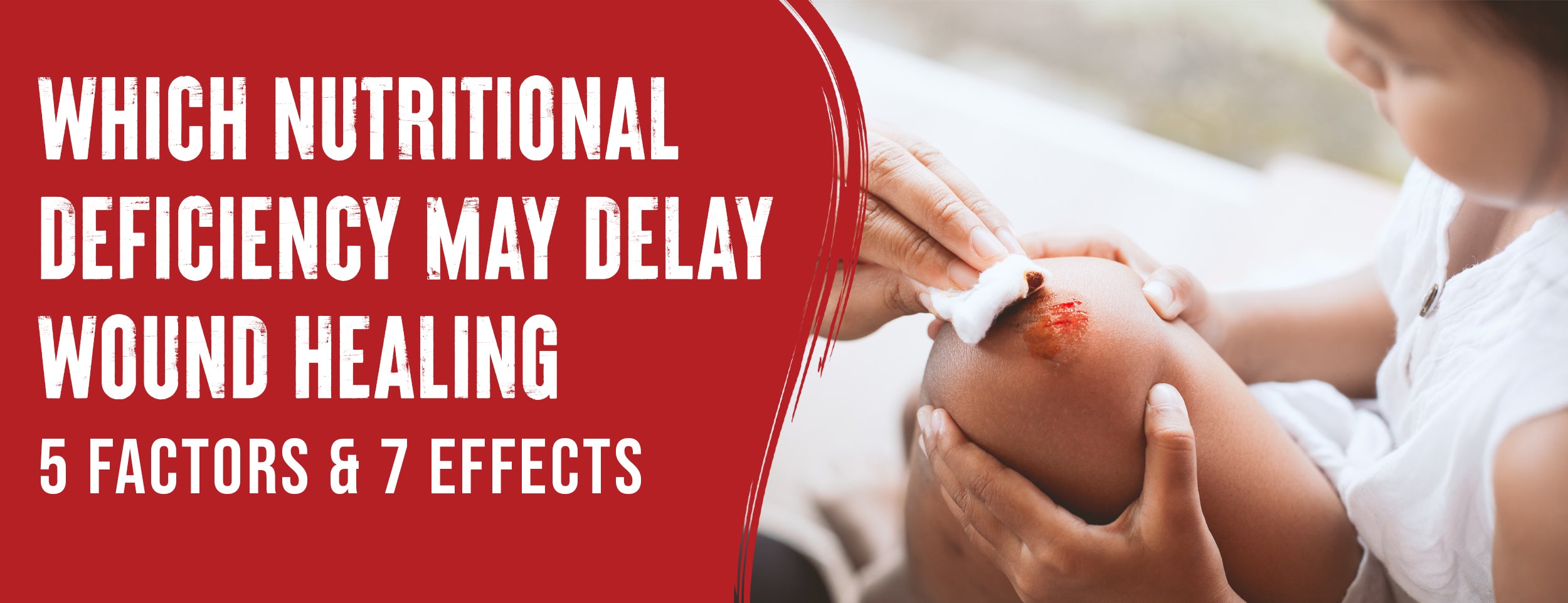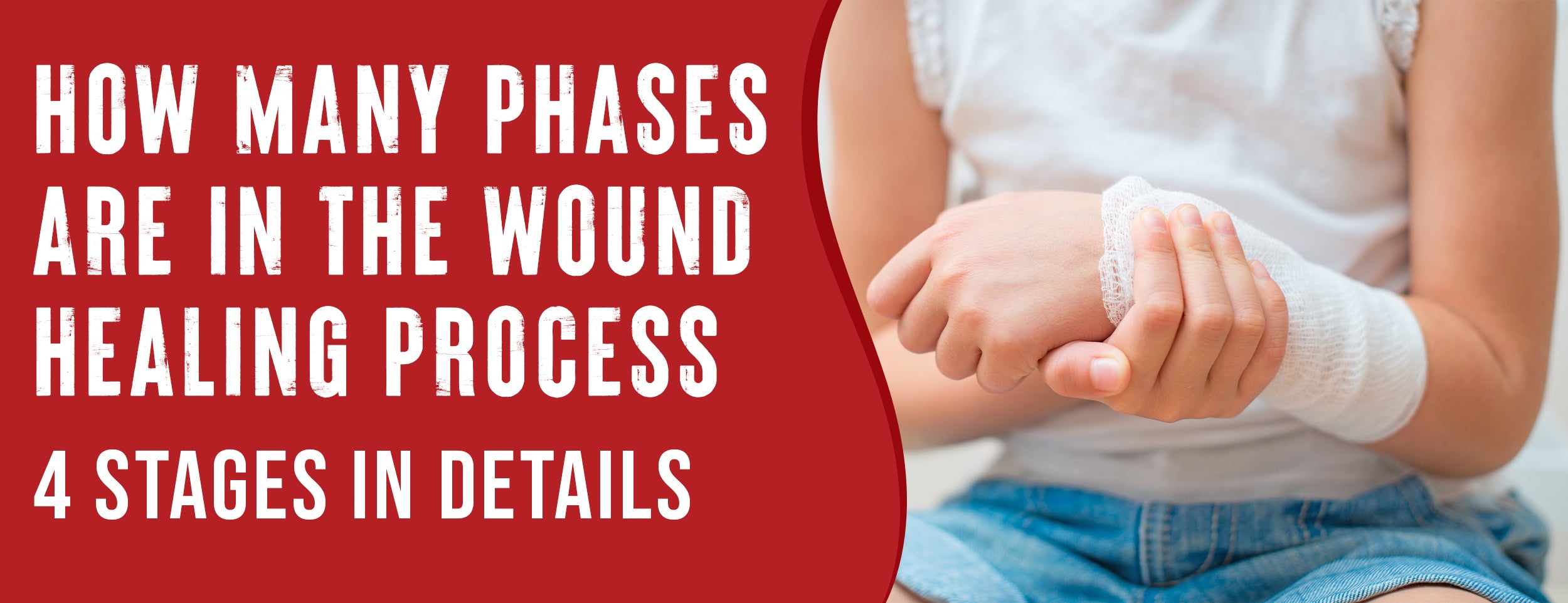The healing of wounds is most successful in a moist, clean, and warm environment. You can treat some wounds at home, such as minor cuts and scrapes. There is no need for soap or hydrogen peroxide.
You can use sugar to treat wounds by generously cleaning the area and applying sugar. Cover with a dressing and repeat 2 to 4 times daily until the infection is healed.
In this blog post, we discuss how to use sugar to heal wounds, the best tips for using sugar to heal wounds, factors to consider when using sugar to heal wounds, and reasons sugar can heal wounds.
How To Use Sugar To Heal Wounds: 5 Steps

If you have a wound that is not healing properly, you might use sugar as a part of your wound care routine. Sugar is a well-known ingredient that has many benefits, including promoting wound healing. Here are some tips to help you use sugar effectively for wound healing.
Clean the Wound
Before applying sugar to the wound, it is essential to cleanse it. Use soap and warm water to wash away any debris. Pat the wound dry until you are confident that no moisture is left. If there is any debris or foreign objects in the wound, extract everything and clean the wound again.
Apply Sugar to the Wound
Dry the wound and apply sugar directly to the damage. Ensure the sugar enters the wound and does not stick to the surface. If the injury is extensive, cover it with honey first, then sprinkle sugar on top. The love will help the sugar stay in place and provide full healing benefits.

Cover with a Bandage
Cover the wound with a bandage immediately after sprinkling sugar on it. The application will prevent bacteria and debris from entering the damage and disturbing the healing process. Secure the dressing with tape and ensure it is not too tight, as it may impede blood flow.
Repeat the Process
Replace the bandage daily and repeat the cleaning and sugar application. Ripping off the plaster rather than pulling it softly removes dead tissue and cleans the wound. Be consistent with the treatment, as sugar healing is a gradual process taking months for severe injuries to heal. Remind yourself that you should take considerable care in administering sub-header remedy steps.
Be consistent
Sugar healing is slow; severe wounds may take several months to heal. However, start seeing positive results immediately since the sugar will reduce pain and swelling in surrounding tissues.
5 Precautions Before Using Sugar To Heal Wounds

Sugar has been used to heal wounds for centuries and has proven effective many times. However, before trying this approach, various precautions should be considered. Here are some factors to consider:
Sterilization of the Wound
If you intend to use sugar on wounds, ensure the damage is clean and debris-free. Sterilize the wound site thoroughly with hydrogen peroxide or rubbing alcohol before applying sugar. This helps to prevent infections, which could cause more damage to the wound.
Sugar type
Use the correct type of sugar before applying it to wounds. The best choice is usually granulated white sugar, which dissolves easily and has large crystals that kill bacteria. Honey can also be used as it has potent antimicrobial and antibacterial properties that aid healing. You should avoid using confectionery sugar or frosting since they contain various additives and preservatives that could be toxic to the wound.

Sugar Overuse Should Be Avoided
Sugar can be effective in wound healing, but should be used in moderation. Sugar applied excessively can cause mold to grow on a wound, which is harmful to recovery, so make sure you apply only what is necessary to prevent mold growth.
Consult Your Physician
Before attempting any home remedy, it is recommended that you seek the advice of a physician. If you have a chronic or infectious wound, it would be best to avoid using this method.
Irritation Avoidance
If irritation occurs on the wound site or the patient experiences redness, itchiness, or any other symptoms, the sugar process should be halted, and the wound should be washed.
5 Reasons Why Sugar Heals Wounds

As surprising as it may seem, sugar is one of the most effective remedies for wound healing and has been used for centuries to treat wounds. Sugar has several properties that make it an excellent agent for wound healing. The following are some reasons sugar is effective for wound healing.
- Hypertonic Solution: Sugar is a natural hypertonic solution with a higher concentration of solutes than the tissue fluid found in the wound. When sugar is applied to an injury, it pulls out the excess liquid, reducing swelling and inhibiting the growth of bacteria.
- Antimicrobial Properties: Sugar has natural antimicrobial properties that fight bacteria and other microorganisms. When applied to a wound, the sugar creates a dry environment, making it difficult for bacteria to grow and multiply.
- Encourages Tissue Growth: Sugar has an osmotic effect on the wound, which means it helps to increase tissue growth. The hypertonic solution created by the sugar draws out the excess fluid from the injury and increases blood flow, which promotes tissue growth.
- Promotes Debridement: Debridement removes dead or damaged tissue from a wound. Sugar has been found to encourage debridement by drawing water out of the injury, which helps to remove dead tissue and debris.
- Improves Wound Healing Time: Sugar has been proven to speed up wound healing. It creates a dry and clean environment around the wound, encouraging new tissue growth.

Conclusion
Sugar has been an effective and inexpensive cure for wounds, burns, fractures, and infections. Because of its natural antibacterial properties, it is an excellent ingredient for home remedies, reducing disease risks and promoting healing. Keep regular sugar in your first aid kit to provide care for wounds in case of an emergency.
You should seek proper medical attention immediately, as sugar treatment should be an addition to, rather than replacing, standard medical care.




